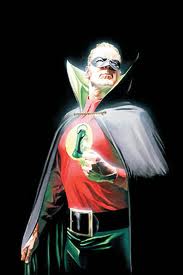Holy Relics (3): The Spear of Destiny

"One of the soldiers pierced his side with a lance, and immediately there came out blood and water." (John 19-34) This is perhaps the most mysterious of the three relics. It was the one that a Roman soldier, whose name was apparently Longinus, used to stab Jesus on one side to make sure he was dead. This was done to avoid breaking Jesus's legs to kill him once and for all and end his torture. Some people have speculated that Jesus was still alive and only apparently dead when he was stabbed by Longinus, and if this is true that would mean it was the spear what killed him not anything else. Does it make sense? Perhaps, it does. If Jesus truly was the son of God then kiliing him was not an easy task even if he was in human form then and even if he wished to die. All along the Bible it is hinted that God has the habit of "authorizing" things to happen, conferring unusual power to certain people or objects to carry on his will. This is what allowed Moses to...





